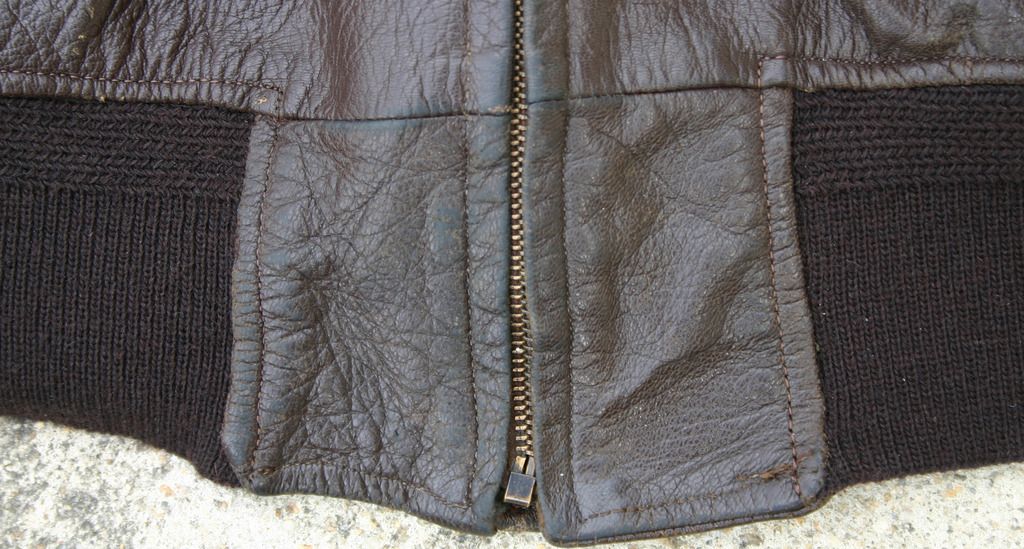Maverickson
Well-Known Member
Hi All,
Wanted to share my latest restoration project with the Forum members. As seen here viewtopic.php?f=19&t=16515 I recently, I had this same jacket up for sale. At that time I almost let it go. However, in the end I decided to hang on to it and give it a much needed make over.
In doing this restoration project I changed out the mouton, lining and knits. In addition, while I had it opened up I was able to do some much needed repair work. Namely, make corrections to some of the original work that has grated on me since obtaining this jacket from another Forum member a number of years ago.
This jacket is one of those featured in John Chapmen's Fight Jacket CD. In the jacket's description John mentions that it had a tight waist band. In the end, it was that tight waist band which was the catalyst for this restoration. That waist band problem is now corrected.
Here is the now completed jacket.
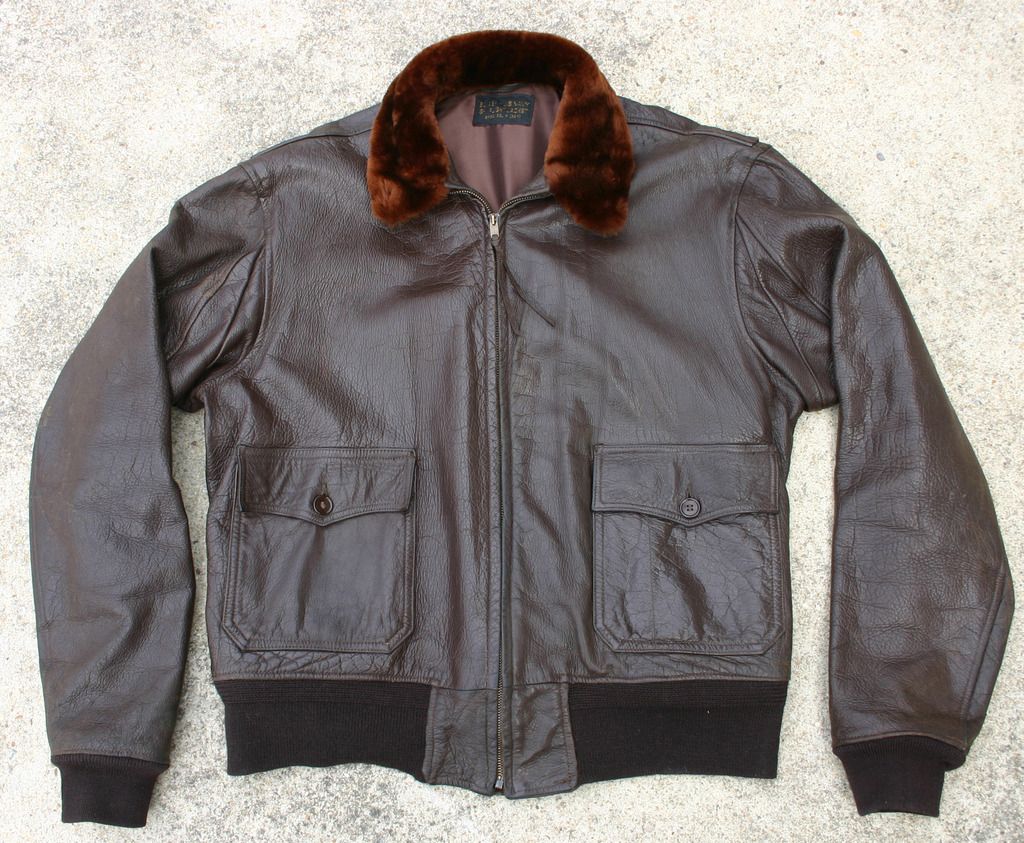
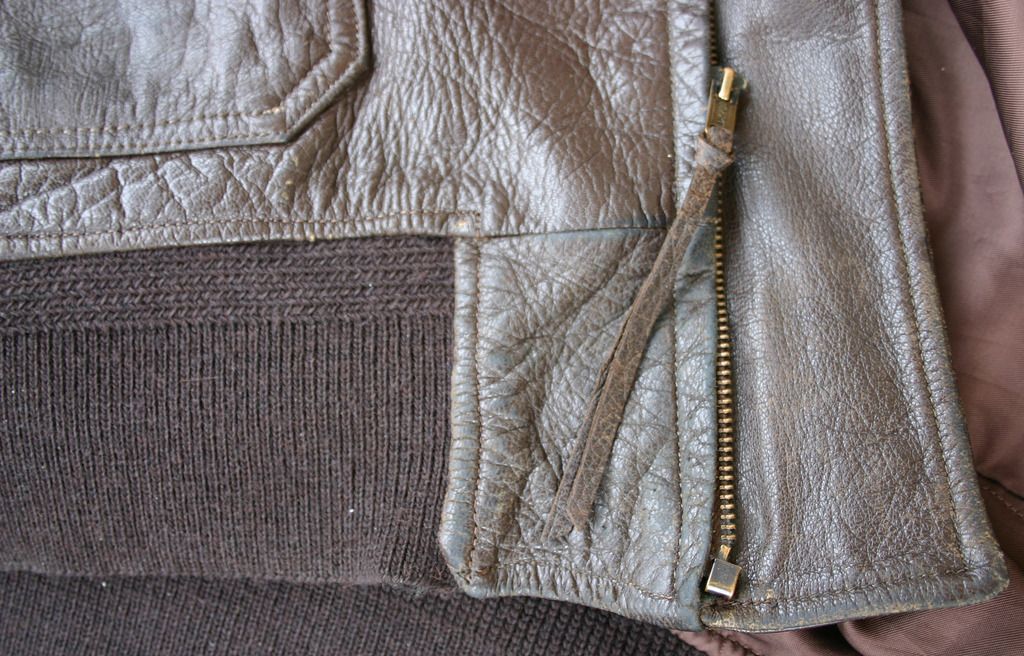
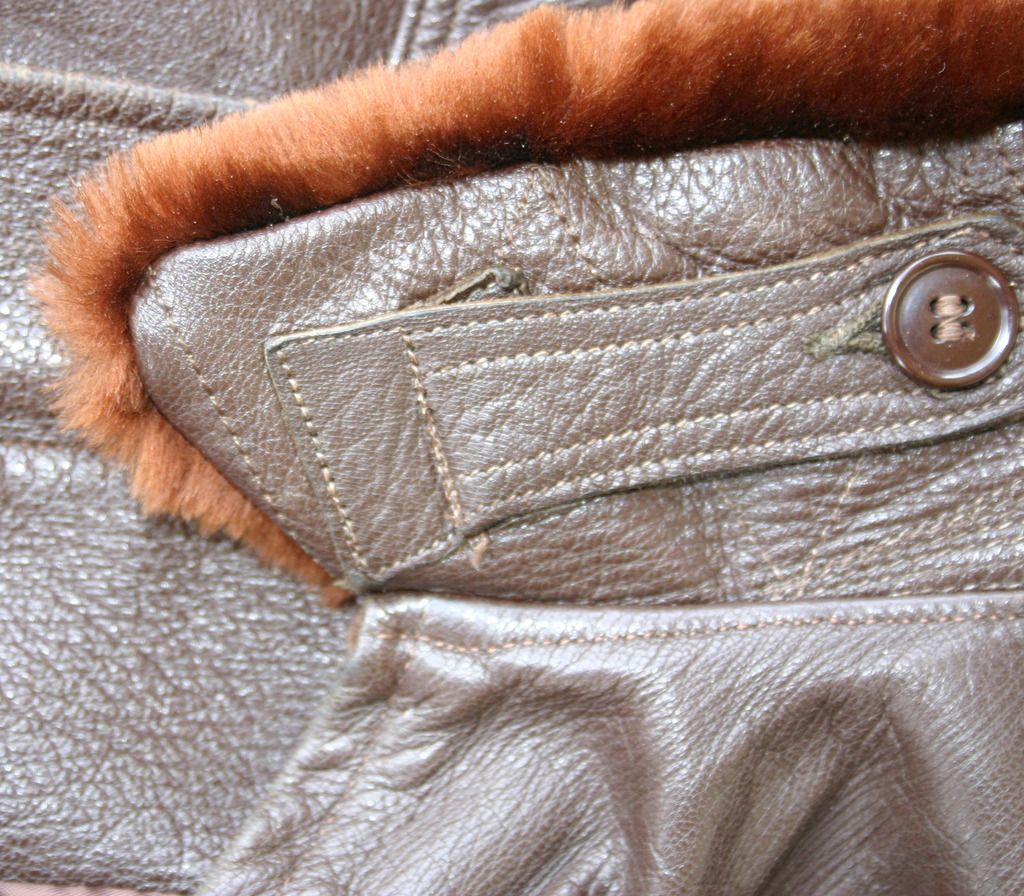
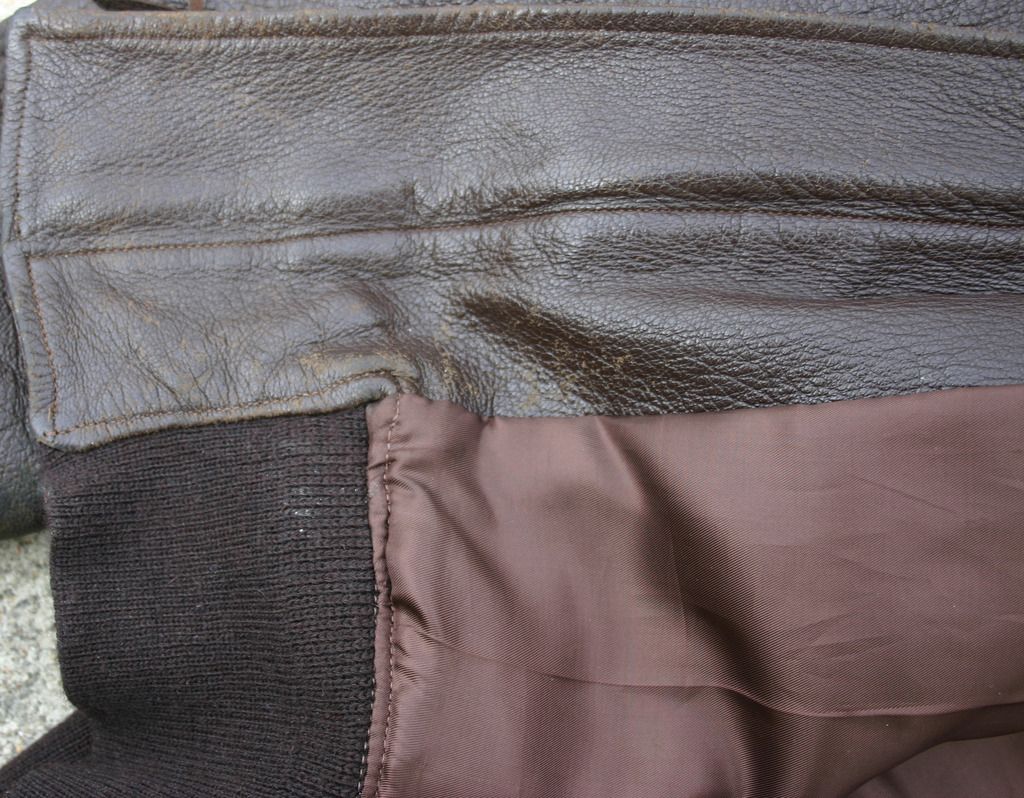
Cheers, Dave
Wanted to share my latest restoration project with the Forum members. As seen here viewtopic.php?f=19&t=16515 I recently, I had this same jacket up for sale. At that time I almost let it go. However, in the end I decided to hang on to it and give it a much needed make over.
In doing this restoration project I changed out the mouton, lining and knits. In addition, while I had it opened up I was able to do some much needed repair work. Namely, make corrections to some of the original work that has grated on me since obtaining this jacket from another Forum member a number of years ago.
This jacket is one of those featured in John Chapmen's Fight Jacket CD. In the jacket's description John mentions that it had a tight waist band. In the end, it was that tight waist band which was the catalyst for this restoration. That waist band problem is now corrected.
Here is the now completed jacket.




Cheers, Dave


